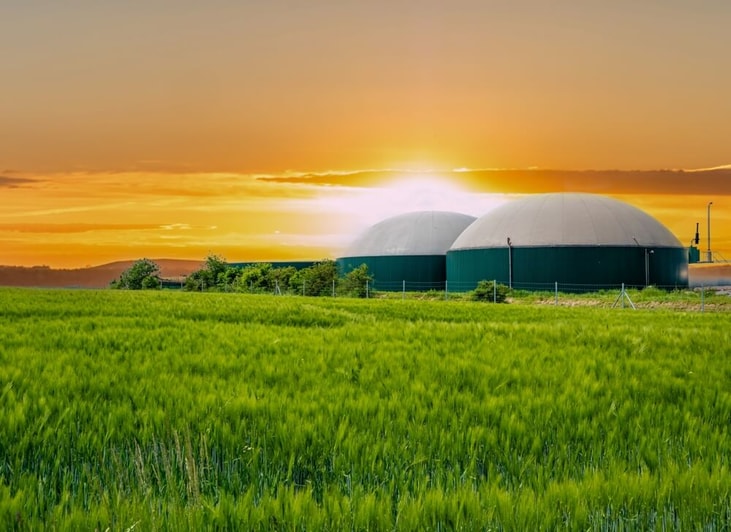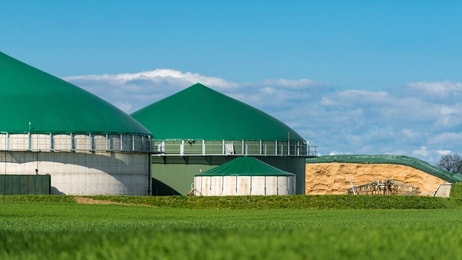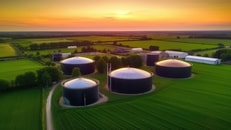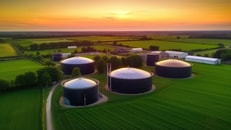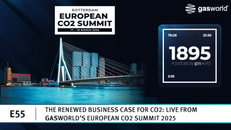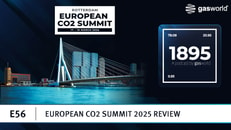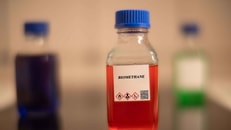Danish company uses bacteria to upgrade biogas without chemicals
A type of bacteria is being used as a chemical-free method of removing impurities and upgrading biogas, according to Denmark-based Biogasclean during a recent gasworld webinar.
The company, part of the CycleØ pan-European biomethane platform, says its systems are today operating in more than 370 facilities across over 40 countries.
Using thiobacillus bacteria within trickle-bed reactors, the technology removes more than 99% of hydrogen sulphide – an impurity in fuel gases – from biogas streams through a fully biological, self-regulating process.
It produces elemental sulphur and sulphate without the need for chemical additives, fitting with strict gas grid requirements on oxygen content and emissions. The process is called biological desulphurisation.
... to continue reading you must be subscribed

